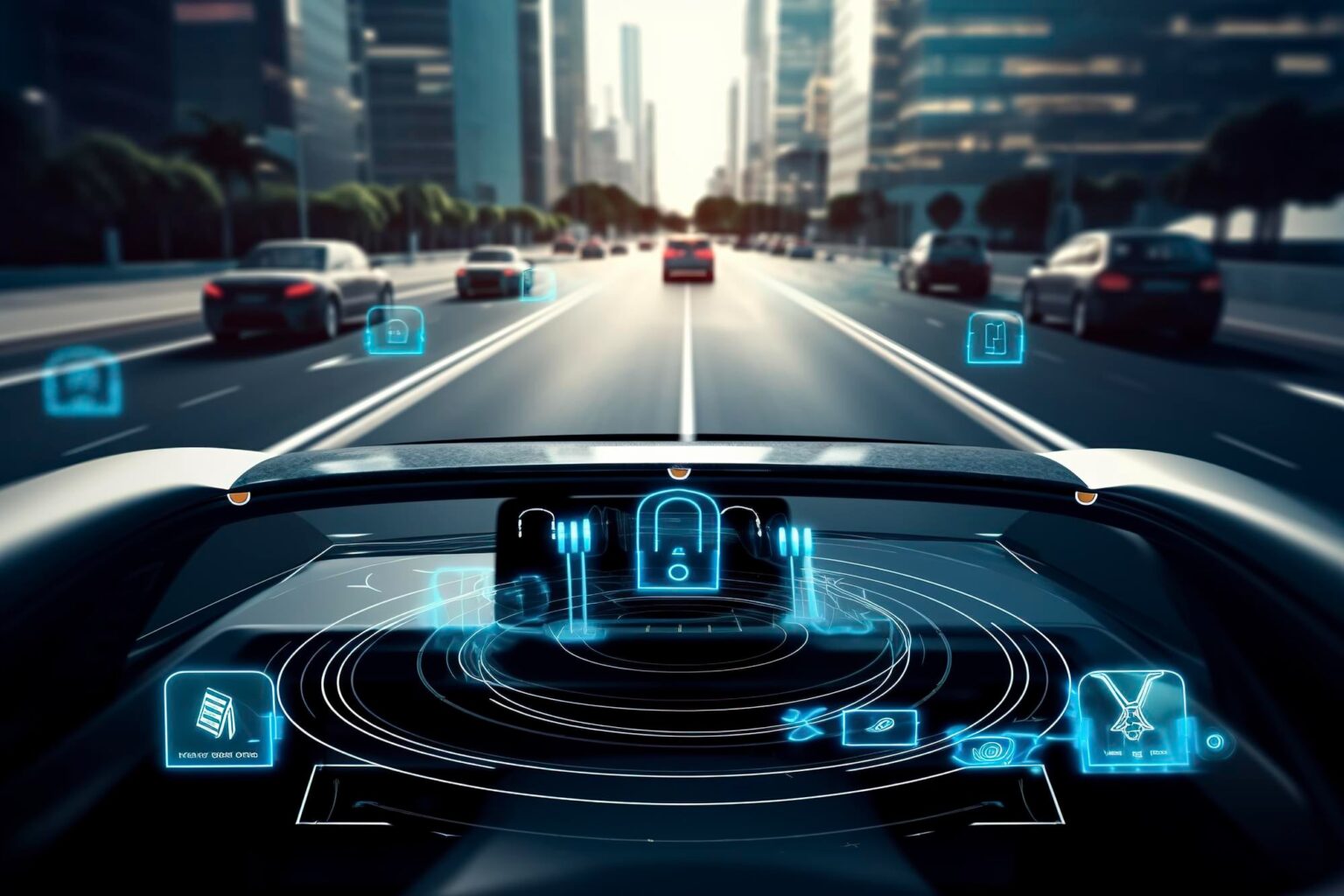5G connectivity in cars represents a significant leap forward in automotive technology, offering faster data transfer speeds, lower latency, and enhanced vehicular communication capabilities. Here’s how 5G is accelerating data transfer and communication in vehicles:
- High-Speed Data Transfer: 5G networks provide significantly faster data transfer speeds compared to previous generations of wireless technology. This enables vehicles to access and transmit large amounts of data quickly, supporting bandwidth-intensive applications such as high-definition video streaming, real-time navigation, and over-the-air software updates. Faster data transfer speeds improve the overall user experience for drivers and passengers, allowing for seamless connectivity and multimedia content consumption in the car.
- Low Latency Communication: 5G networks offer ultra-low latency, minimizing the delay between data transmission and reception. This is critical for time-sensitive applications such as autonomous driving, where split-second decisions can mean the difference between safety and danger. With 5G connectivity, vehicles can communicate with each other and with infrastructure elements in real-time, enabling cooperative driving behaviors, collision avoidance, and emergency response coordination.
- Vehicular Communication: 5G enables vehicle-to-vehicle (V2V) and vehicle-to-infrastructure (V2I) communication, allowing vehicles to exchange data with each other and with roadside infrastructure elements such as traffic lights, road signs, and pedestrian crossings. This communication enables advanced safety features such as cooperative adaptive cruise control, intersection collision avoidance, and traffic flow optimization. By sharing real-time information about road conditions, traffic patterns, and potential hazards, connected vehicles can improve safety and efficiency on the road.
- Over-the-Air Updates: 5G connectivity facilitates over-the-air (OTA) software updates for vehicles, allowing manufacturers to remotely deploy patches, bug fixes, and feature enhancements without requiring physical access to the vehicle. OTA updates ensure that vehicles remain up-to-date with the latest software improvements, security patches, and regulatory compliance requirements. This reduces downtime for vehicle maintenance and enhances the longevity and performance of connected cars.
- Enhanced In-Car Connectivity: 5G connectivity enhances in-car connectivity by supporting a wide range of connected devices and services. With 5G, vehicles can seamlessly integrate with smartphones, tablets, wearables, and other IoT devices, enabling passengers to stay connected and productive while on the move. In-car entertainment systems, navigation services, and voice-controlled assistants benefit from faster data speeds and lower latency, providing a more responsive and immersive user experience.
- Edge Computing: 5G networks enable edge computing capabilities, allowing data processing and analysis to be performed closer to the point of data generation. This reduces latency and bandwidth requirements for connected vehicles, enabling faster response times and more efficient data exchange. Edge computing also enhances privacy and security by minimizing the need to transmit sensitive data over long distances to centralized servers.
Overall, 5G connectivity is revolutionizing the automotive industry by enabling faster data transfer, lower latency communication, and enhanced connectivity features in vehicles. As 5G networks continue to expand and mature, the potential for innovation in connected car technologies will only grow, paving the way for safer, more efficient, and more enjoyable driving experiences.



